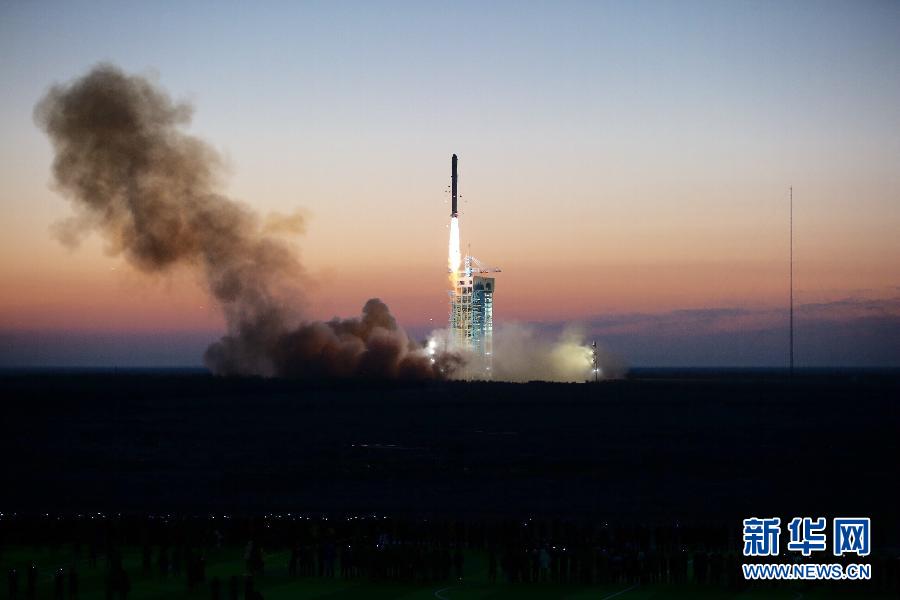Space-Based Cosmic-Ray Detection
When the cosmic “messengers” streaming in outer space hit the Earth, they go through the layers of the atmosphere, interact with air molecules and can no longer be observed in their “original” form. This is why we also have particle detectors high up in air and also in space!

Particle detectors higher up in the atmosphere and in space are specialised instruments designed to identify and measure cosmic particles, including electrons, protons and atomic nuclei like helium and above. They are also capable of measuring gamma rays. Typically mounted on balloons, satellites or space stations, they usually comprise (depending on the goals of the mission) components like:
- Silicon trackers: to trace the path of incoming particles
- Calorimeters: to measure particle energy by absorbing them
- Cherenkov detectors: to identify particle velocity
- Time-of-Flight systems: to determine speed and mass
- Anticoincidence shields: to filter out unwanted background noise
Examples of space-based particle detector missions include the older missions like PAMELA, and currently active ones like DAMPE, AMS-02 (on the ISS), CALET, Fermi-LAT, each focusing on different particle types and energy ranges to help uncover mysteries like dark matter, antimatter, and the sources of cosmic rays.
During my PhD, I worked on measuring the flux of cosmic-ray helium nuclei with the:

